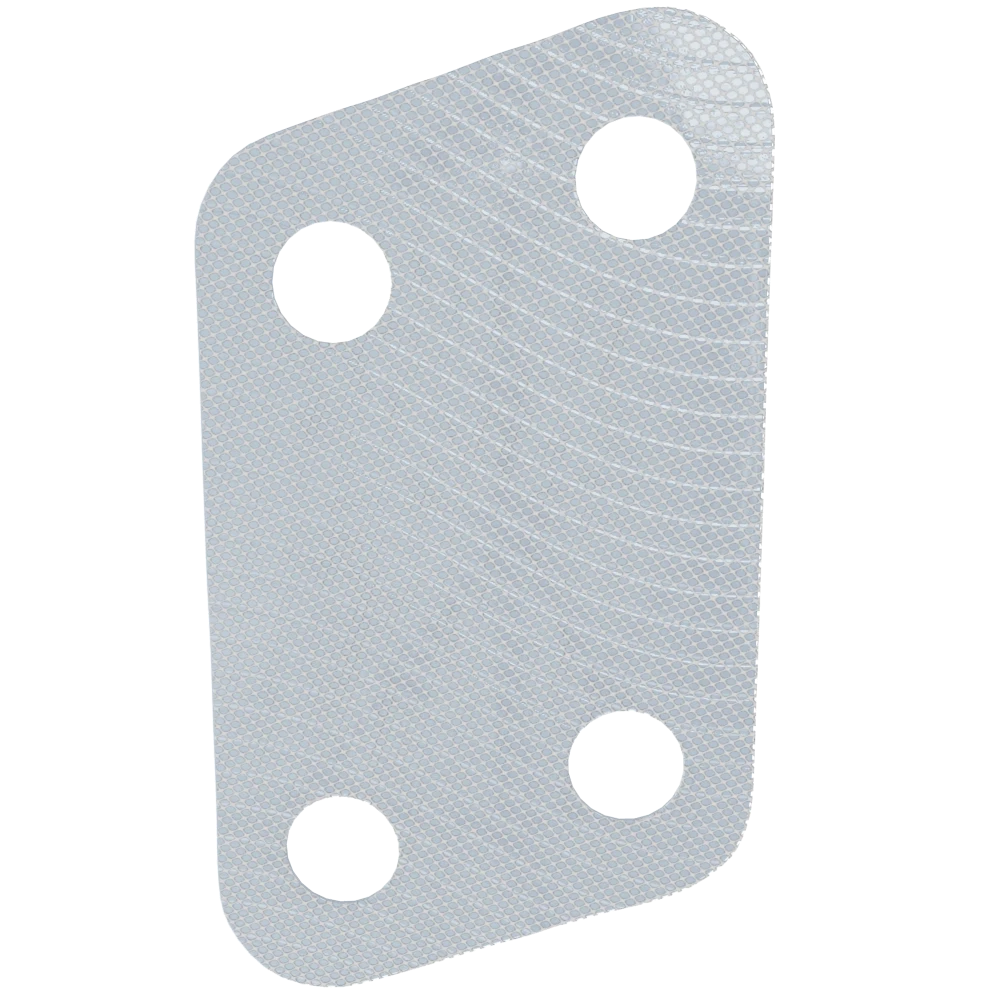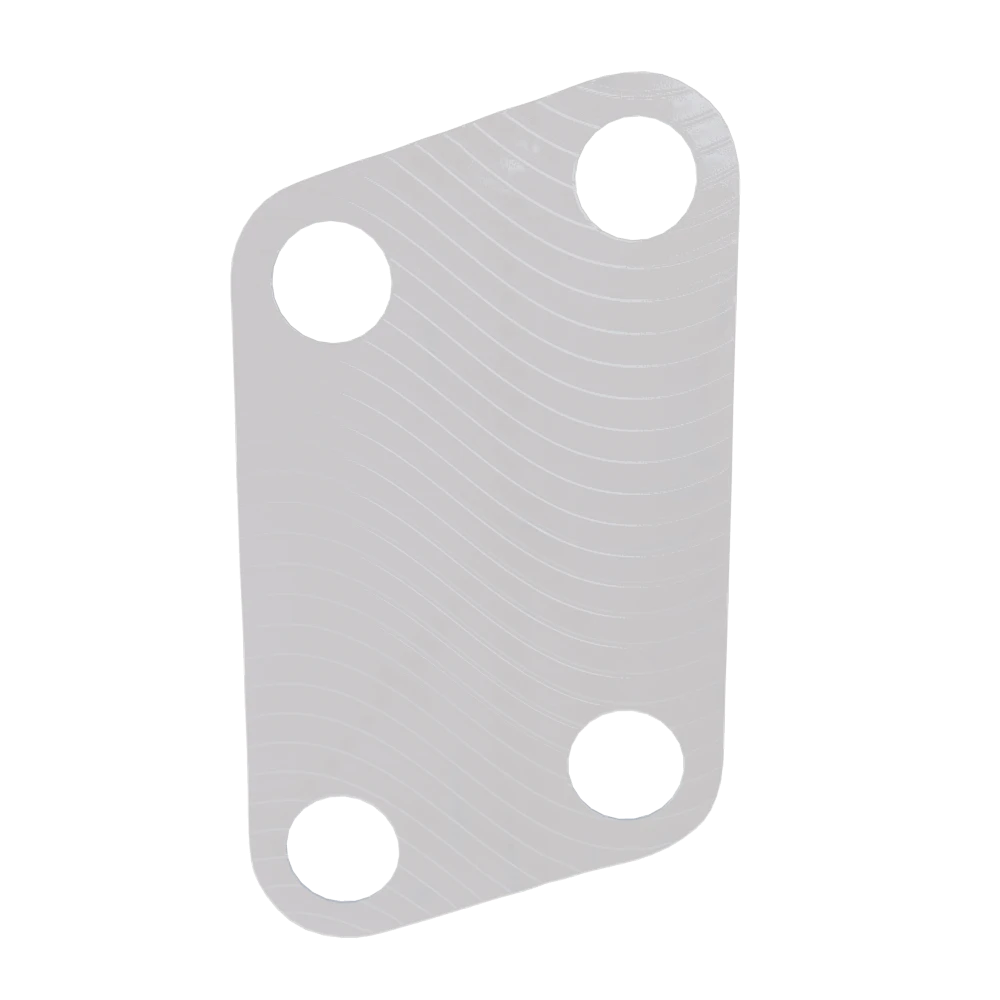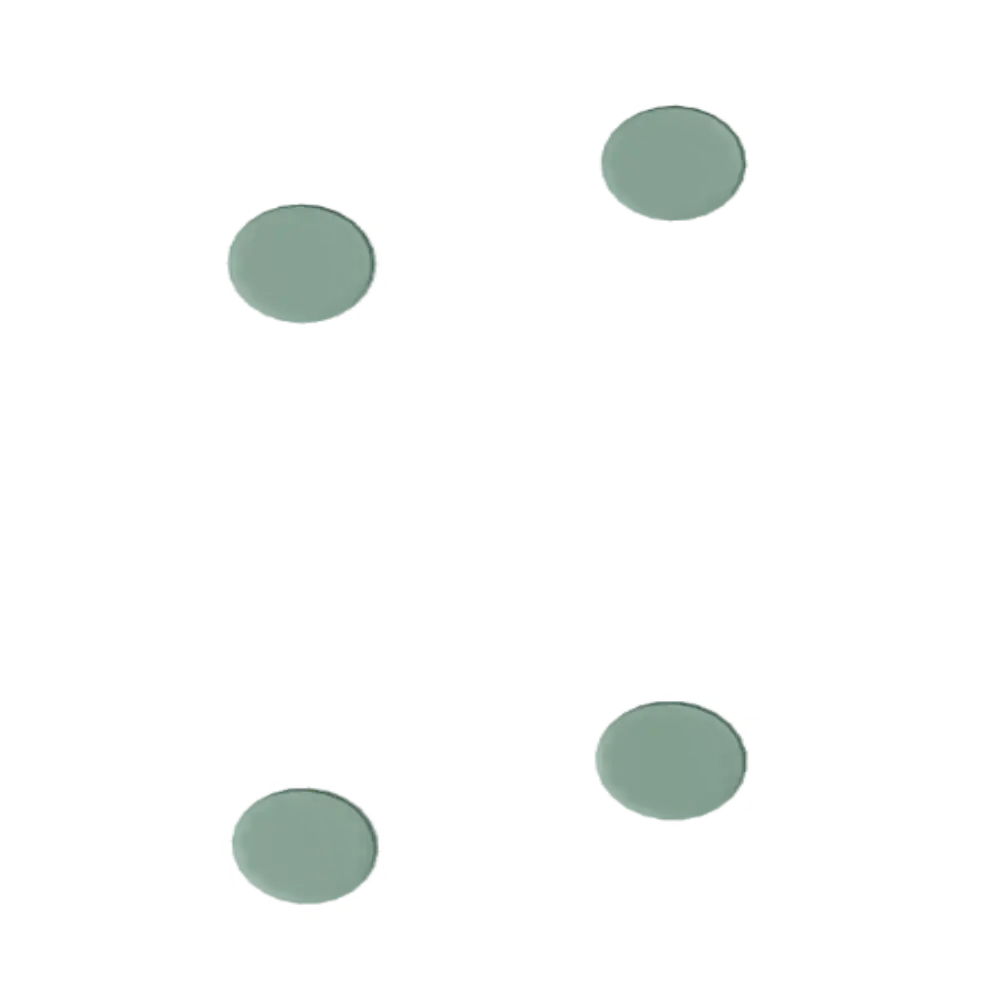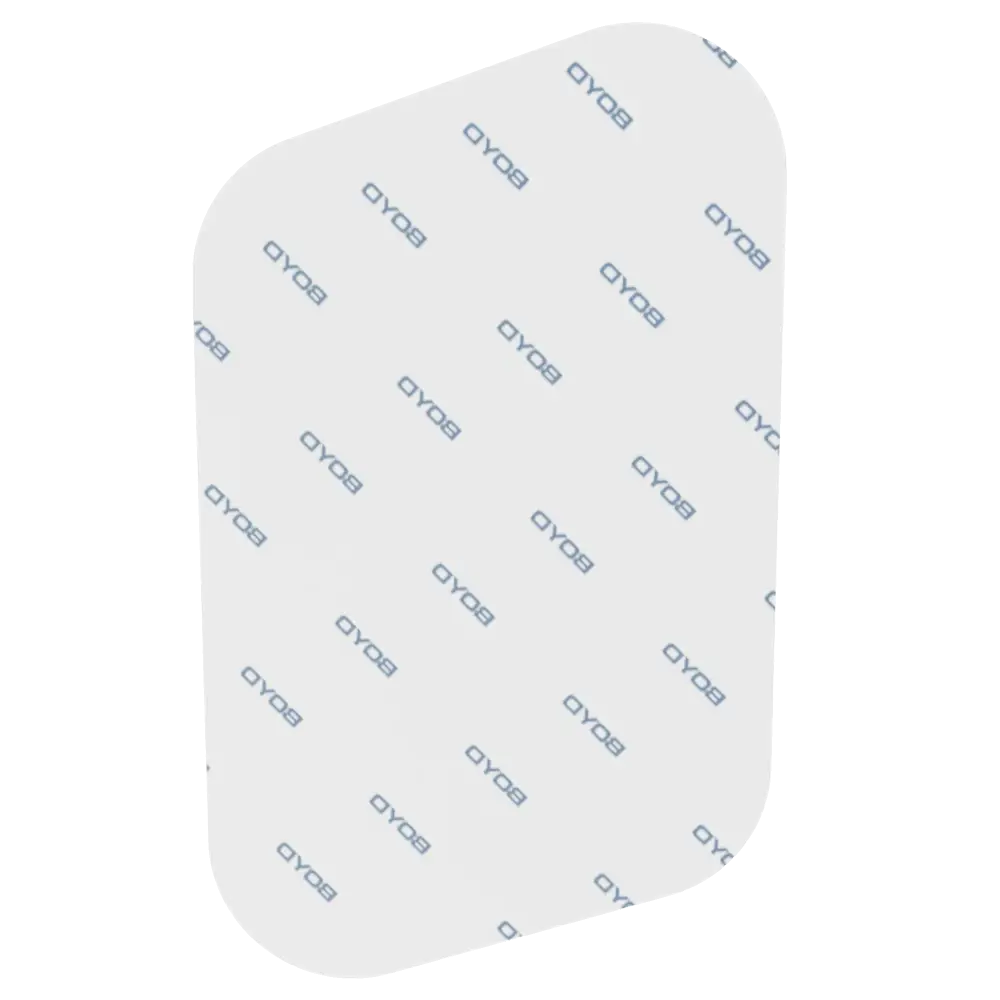The Decorative Overlay is a secondary securement device to help anchor the wearable to the body and protect from the elements when extended wear time is desired.
The Overlay can be made from a variety of printable materials (like flexible films, non-woven backings, or stretchable tech fabrics) where colorful designs, patterns, or logos can be added to improve the decorative nature while wearing the device.
The Cover Layer is the outer “skin” of the wearable, and likewise, it is stretchy and conformable in nature to move as the body moves making the wearable more comfortable.
The Cover Layer material can be printable to improve the cosmetic look of the wearable or selected to be either breathable or water resistant in nature, depending on what is required. The Cover Layer can be a converted component cut from foam or film roll stock or be a molded or thermoformed component if three dimensional features are needed.
Sometimes it is desired to have an inner layer to protect sensitive electronic components either to cushion from damage or to provide additional sealing from water ingress. The material and fabrication method can be selected for nature of protection needed. This layer can also be printed to improve the aesthetics of the device.
Pressure sensitive adhesives (PSA) layers are often needed in the construction of the multi-layer stack-up to bond components together.
On-device electronics that connect power and sensors, house on-board data storage, or transmit data via Bluetooth or other signals.
The electrical circuit that connects stick-to-skin electrodes to the device electronics can be made in different ways from printed traces using conductive inks that can be printed on one or both sides of the carrier layer, to flexible etched copper traces. Conductive films can also be used to create simple circuits and traditional snap connectors can be added if device electronics are external to the wearable.
The most critical layer to the wearable stack-up featuring highly engineered, biocompatible stick-to-skin adhesives that attach the wearable to the body, and are chosen based on wear time, ease of removal, skin sensitivity, and other application factors. The skin adhesive is typically combined with a backing layer made of conformable film or non-woven spunlace or a soft foam layer, either open or closed cell, depending on if breathability or water resistance is desired.
The stick-to-skin layer can be cut to the same outer profile of the wearable device for ease of manufacturing or can have an oversized skin contact layer that extends beyond the profile of the wearable for improved adhesion and breathability. This skirt feature allows moisture that would otherwise be trapped against the skin to escape extending the wear time of the wearable.
Traditional hydrogel electrodes are thick, gel-like polymers with high moisture content and added minerals to provide electrical conductivity through the thickness of the pad. Specific hydrogel formulations are selected based on sensing or stimulating type applications.
A medical-grade carrier that protects the skin contact layer and aids in applying wearables to patients. Available with pull tab features, split liners, and folded liners for easy removal and application. Can be printed with branding, application instructions or other safety guidelines.
Decorative Overlay
The Decorative Overlay is a secondary securement device to help anchor the wearable to the body and protect from the elements when extended wear time is desired.
Decorative Overlay Types
The Overlay can be made from a variety of printable materials (like flexible films, non-woven backings, or stretchable tech fabrics) where colorful designs, patterns, or logos can be added to improve the decorative nature while wearing the device.
Cover Layer
The Cover Layer is the outer “skin” of the wearable, and likewise, it is stretchy and conformable in nature to move as the body moves making the wearable more comfortable.
Cover Layer Types
The Cover Layer material can be printable to improve the cosmetic look of the wearable or selected to be either breathable or water resistant in nature, depending on what is required. The Cover Layer can be a converted component cut from foam or film roll stock or be a molded or thermoformed component if three dimensional features are needed.
Inner Cushion Layer
Sometimes it is desired to have an inner layer to protect sensitive electronic components either to cushion from damage or to provide additional sealing from water ingress. The material and fabrication method can be selected for nature of protection needed. This layer can also be printed to improve the aesthetics of the device.
Construction
Adhesive Layer
Pressure sensitive adhesives (PSA) layers are often needed in the construction of the multi-layer stack-up to bond components together.
Device Electronics
On-device electronics that connect power and sensors, house on-board data storage, or transmit data via Bluetooth or other signals.
Types:
a. Internal: PCBA encapsulated within wearable(connected to electrode circuit via conductive PSA)
b. External: PCBA in plastic module (connected toelectrode circuit via snap connectors)
Electrode Circuit
The electrical circuit that connects stick-to-skin electrodes to the device electronics can be made in different ways from printed traces using conductive inks that can be printed on one or both sides of the carrier layer, to flexible etched copper traces. Conductive films can also be used to create simple circuits and traditional snap connectors can be added if device electronics are external to the wearable.
Conductive/Non-Conductive Ink Options:
• Silver Ink
• Silver - Silver-Chloride
• Carbon Graphite
• Protective Dielectric (non-conductive)
Trace Style Options:
• Printed Trace
• Etched Copper Trace
Skin Contact Layer
The most critical layer to the wearable stack-up featuring highly engineered, biocompatible stick-to-skin adhesives that attach the wearable to the body, and are chosen based on wear time, ease of removal, skin sensitivity, and other application factors. The skin adhesive is typically combined with a backing layer made of conformable film or non-woven spunlace or a soft foam layer, either open or closed cell, depending on if breathability or water resistance is desired.
Construction Type:
• Skin Adhesive only, no backing
• Film or Foam backing
Skin Adhesive Type:
• Acrylic Adhesive
• Hybrid Rubber Adhesive
• Silicone Adhesive
• Hydrocolloid
Backing Layer Type:
• PET or PU Film
• Non-Woven Spunlace (PET or PU)
• Foam
Skin Contact Layer Types
The stick-to-skin layer can be cut to the same outer profile of the wearable device for ease of manufacturing or can have an oversized skin contact layer that extends beyond the profile of the wearable for improved adhesion and breathability. This skirt feature allows moisture that would otherwise be trapped against the skin to escape extending the wear time of the wearable.
Conductive Electrodes
Traditional hydrogel electrodes are thick, gel-like polymers with high moisture content and added minerals to provide electrical conductivity through the thickness of the pad. Specific hydrogel formulations are selected based on sensing or stimulating type applications.
Electrode types:
a. Conductive Hydrogels
b. Open Cell Foam Pads w/ Conductive Gel
c. Electrically Conductive Skin Adhesive
Delivery Liner
A medical-grade carrier that protects the skin contact layer and aids in applying wearables to patients. Available with pull tab features, split liners, and folded liners for easy removal and application. Can be printed with branding, application instructions or other safety guidelines.


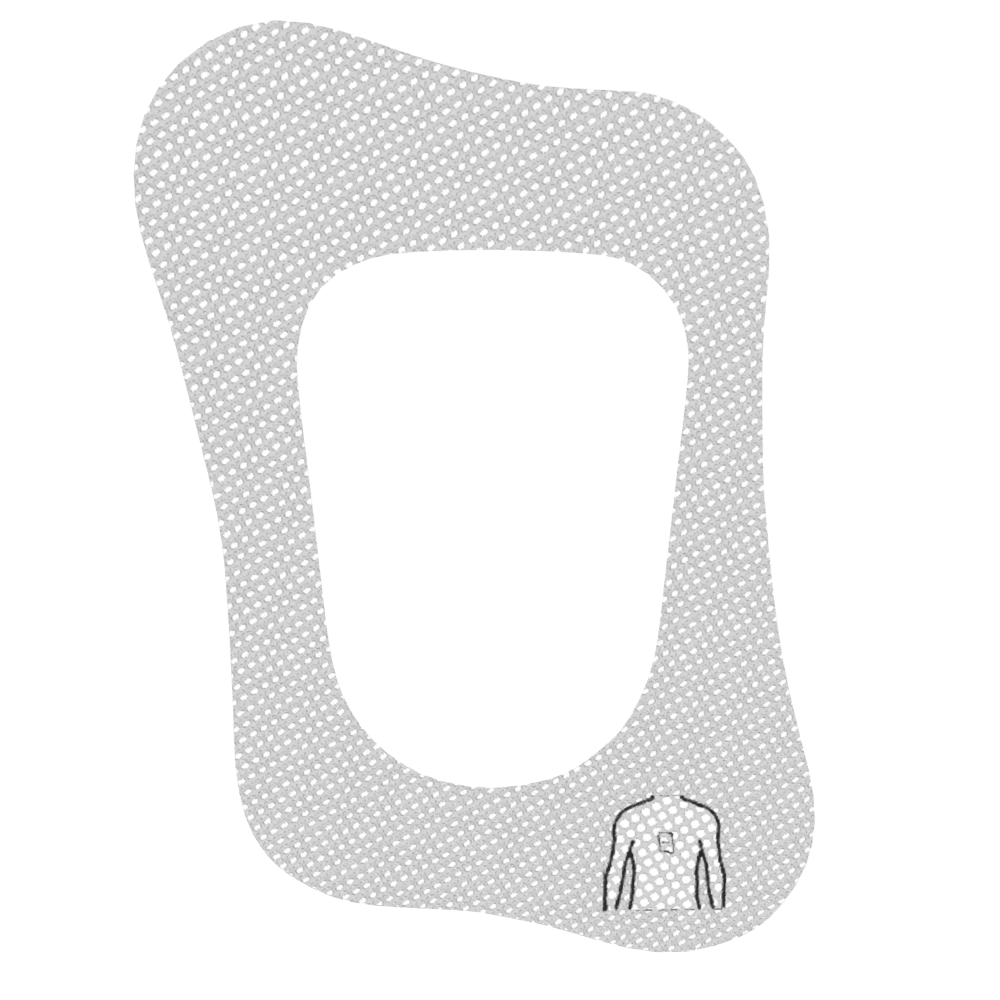
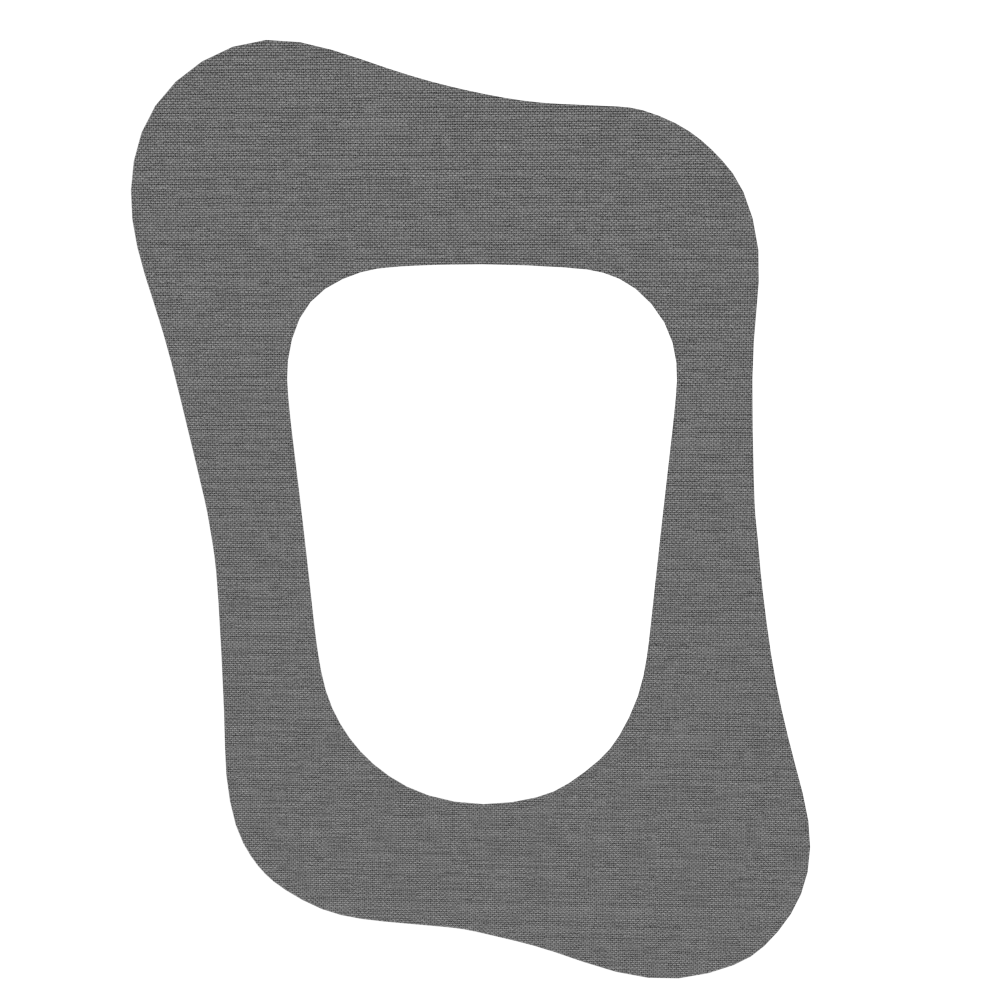
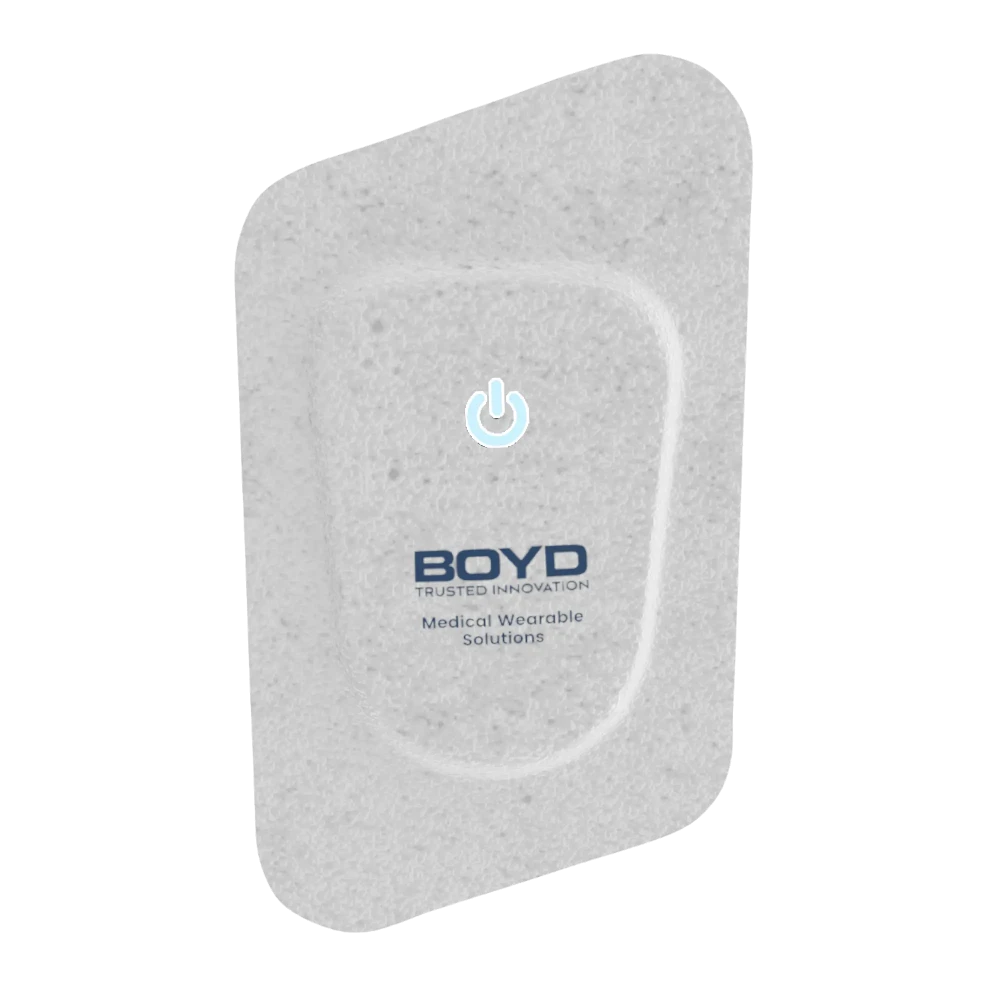

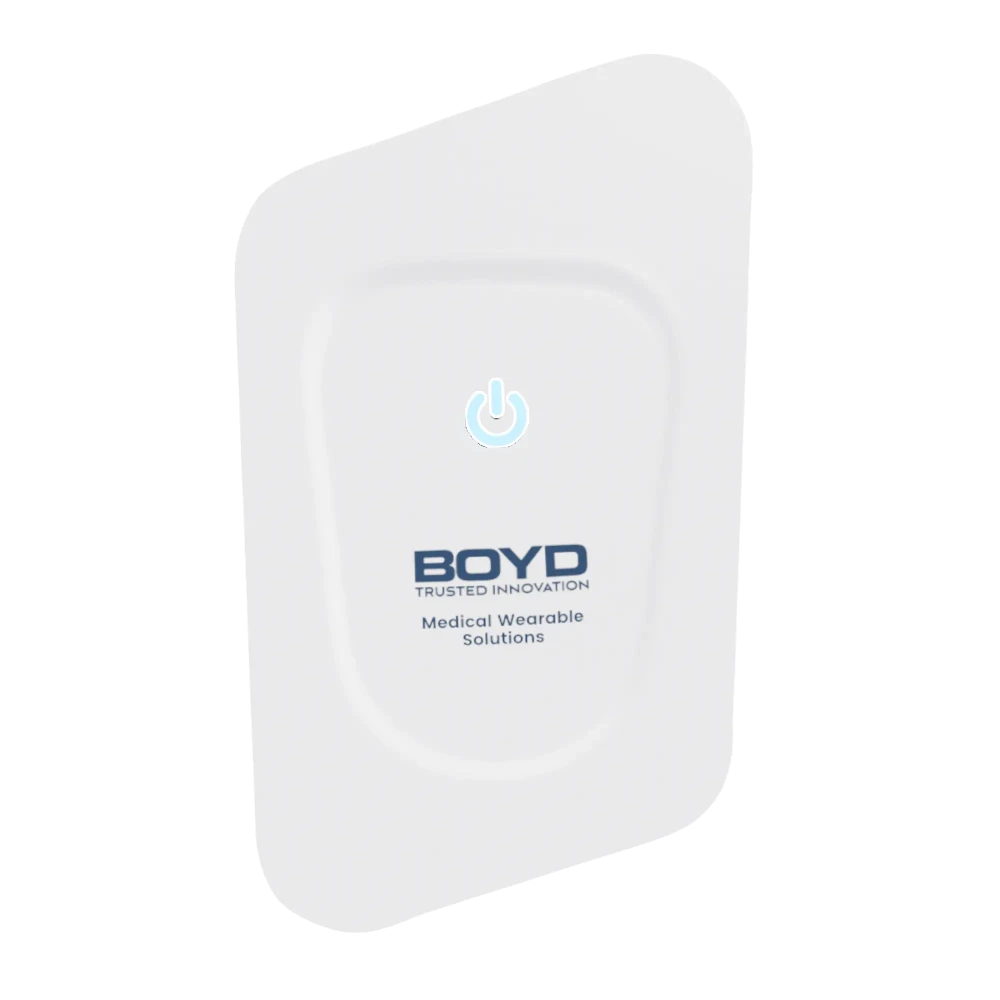
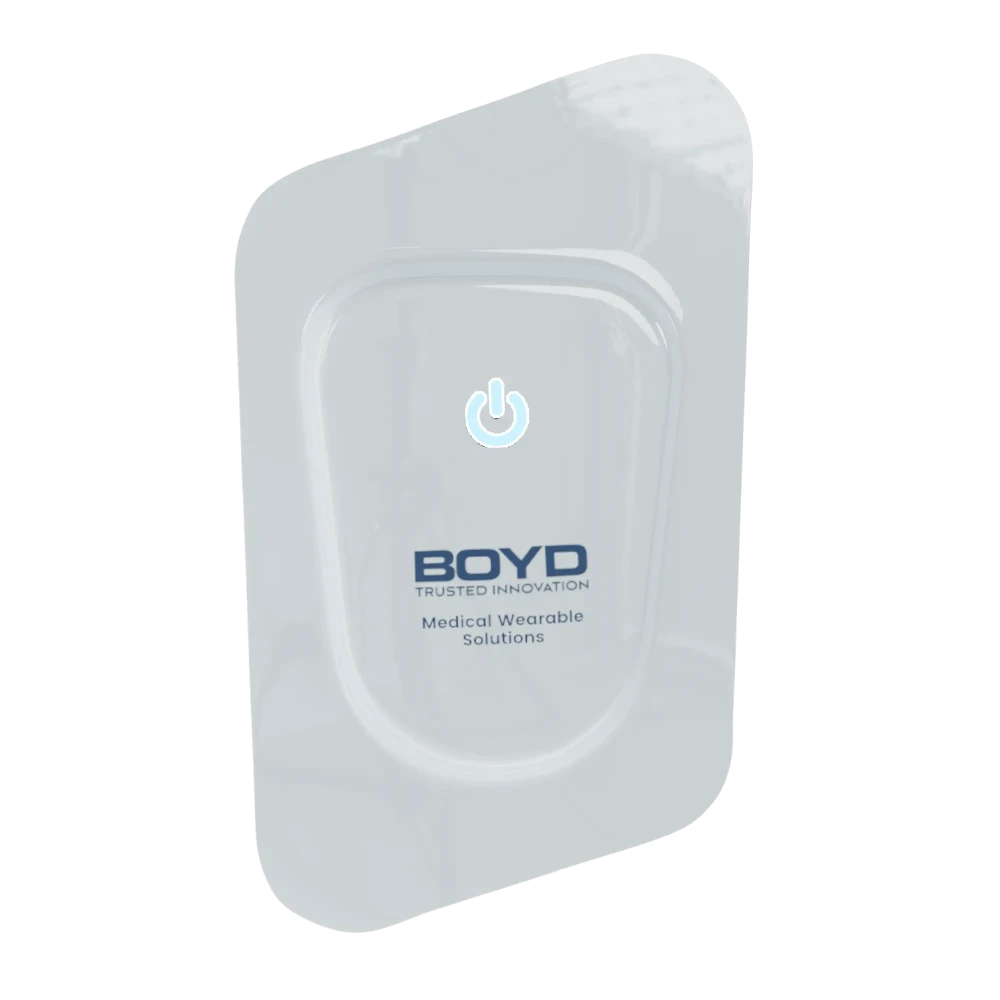


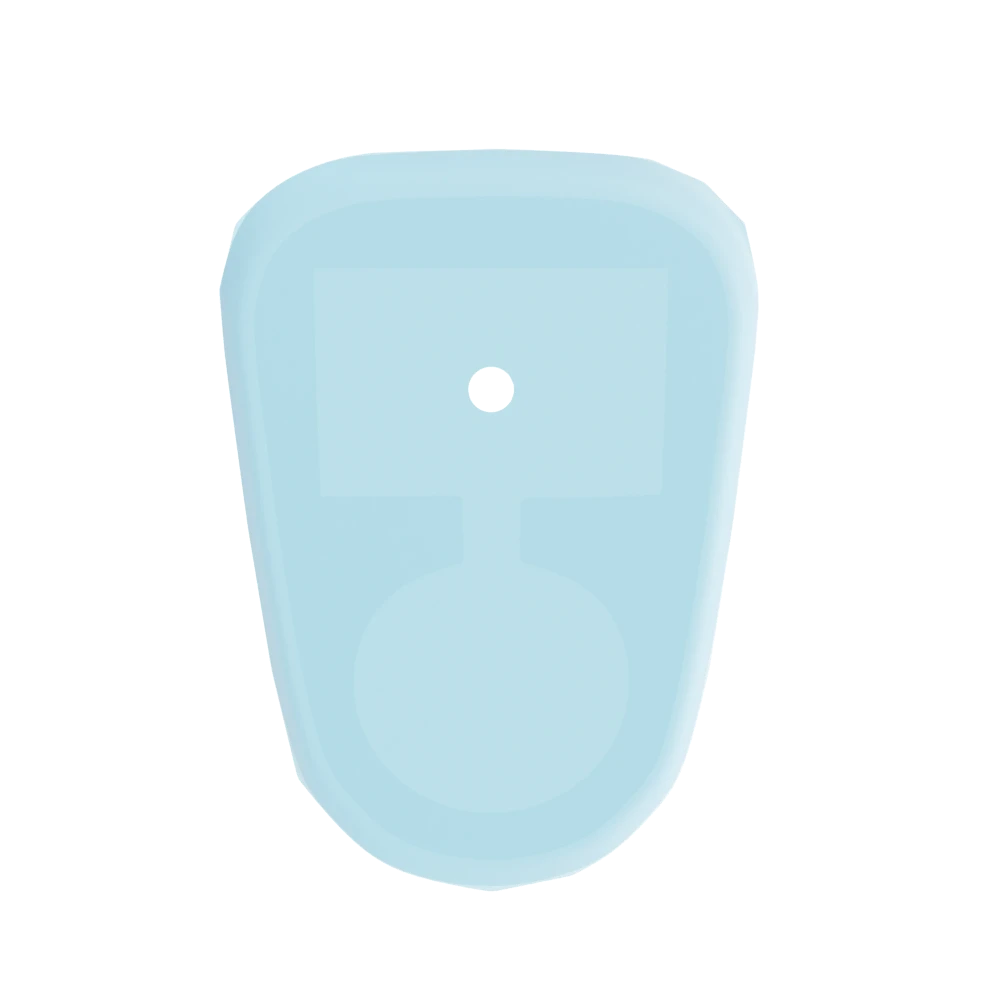

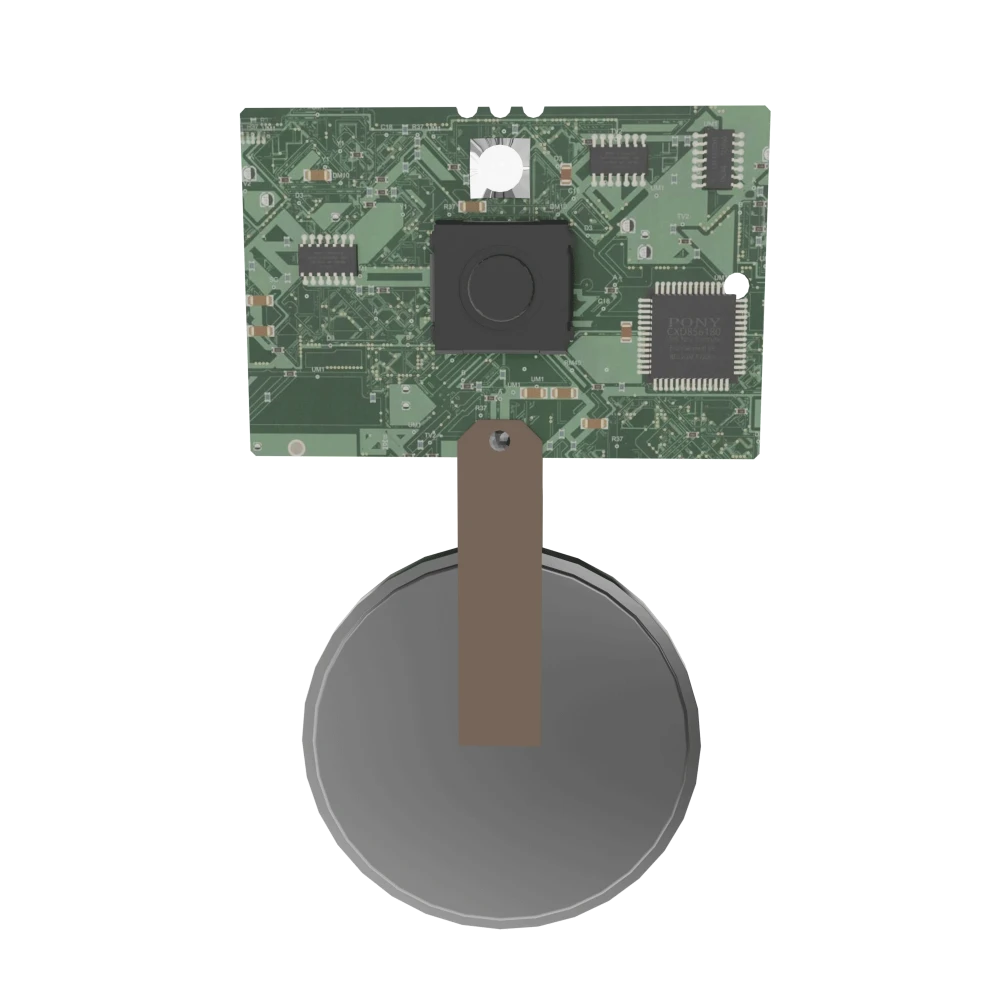
_02.webp)
_02.webp)
_02.webp)
-using-Snap-Connectors_02.webp)

